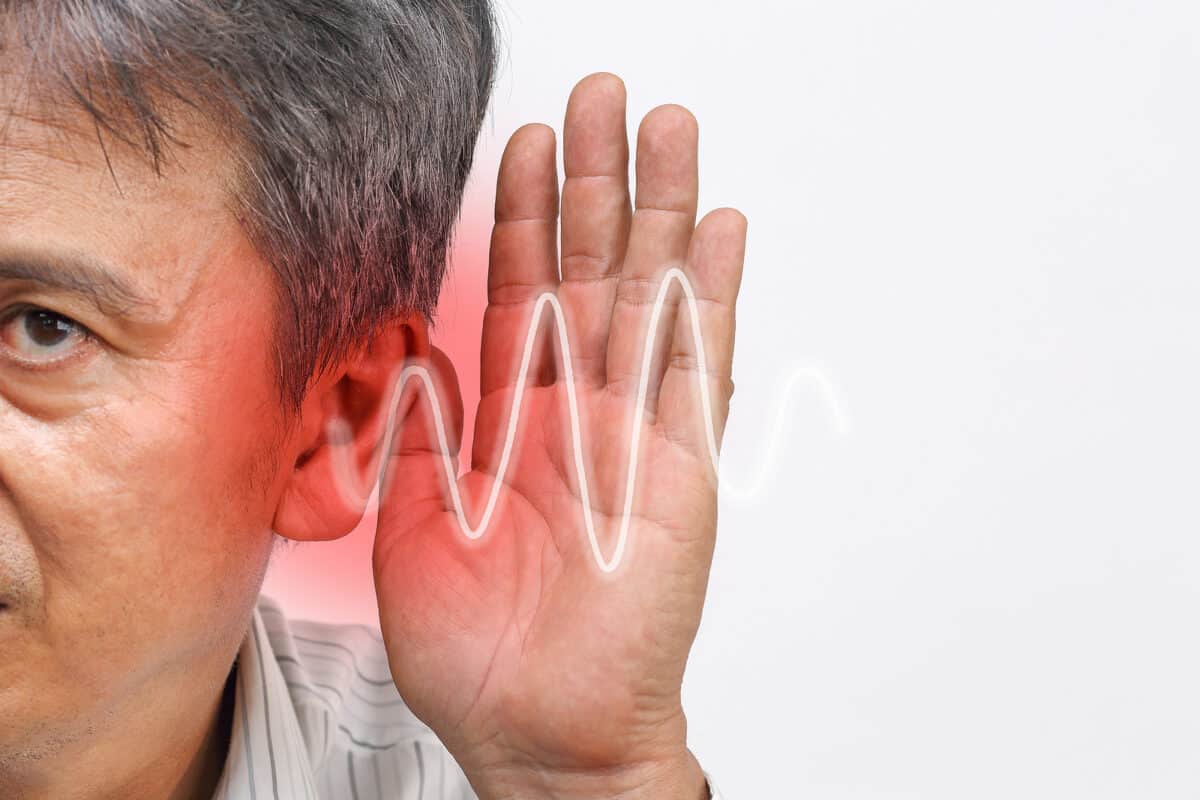Ototoxicants
Ototoxicants are chemicals that damage our central auditory systems, potentially causing hearing loss when they are inhaled, ingested, or absorbed through the skin. They might also wreak havoc on one’s balance & their impacts may be severe or just mild & permanent or just temporary.
In rare circumstances, certain medications may risk exposure to otoxicants. But it is most often in the workplace that people are exposed. Oftentimes employees might not even be aware of their vulnerability & the potential longterm consequences.
Ototoxicant Categorization
There are two different ways that ototoxicants are categorized.
The Occupational Safety and Health Administration (OSHA) groups the chemicals themselves into five categories.
—Pharmaceuticals, including antibiotics & certain analgesic painkillers
—Solvents
—Asphyxiants, including carbon monoxide & tobacco smoke
—Nitriles
—Metals and compounds, including Mercury and lead
A secondary way of understanding them is organized according to which part of one’s ear is damaged.
—An ototoxicant is categorized as a neurotoxicant when it disrupts the standard activity of the nervous system, potentially even killing the neurons that transmit and process signals within & across the nervous system.
—An ototoxicant is categorized as a cochleotoxicant when it damages the cochlear hair cells, the microscopic sensory receptors at the foundation of all hearing.
—An ototoxicant is categorized as a vestibulotoxicant when it damages the hair cells of the balancing systems. Many of us have experienced dizziness after inhaling a dangerous chemical. This is why that happens.
Speech Discrimination Dysfunction
Oftentimes industries that use these chemicals also involve exposure to dangerous volumes. But whether that exposure is present or not, the chemicals alone can have serious consequences on one’s hearing. They could hamper one from registering quiet sounds at all, but more often they can impair the clarity of audible sounds. Such diminished clarity leads to speech discrimination dysfunction, the inability to discriminate voices from their environments. Symptoms of speech discrimination dysfunction may include:
—Distortion, which is when loudness gets compressed to the point of losing clarity.
—Temporal resolution, which is trouble recognizing the intervals between sounds.
—Spatial resolution, which is trouble localizing sounds.
—And the inability to tell the difference between sounds of similar frequencies.
It is simple to imagine how speech discrimination dysfunction amplifies the hazards of some work environments by adding trouble hearing coworkers, warning signals, and environmental cues to already risky environments.
Industries that Could Harm Your Hearing
—Construction: Construction workers are frequently exposed to solvents, which are also known as VOCs (volatile organic compounds). Solvents, commonly found in paint, paint strippers, thinners and glues, are used to dissolve and dilute other substances.
—Manufacturing: Many sub-sectors of the manufacturing industry produce dangerous fumes and residues. Fabricated metal workers, apparel and textile workers all fall within this category.
—Agriculture: Agricultural workers are likely to inhale dangerous pesticides & herbicides that may be sprayed carelessly. They also risk absorbing these same dangerous chemicals through their skin when they touch soil or crops.
—Utilities: The utilities industry includes the many steps of maintenance, distribution, and delivery of natural gas, electricity and water, and overseeing the removal of sewage. Each of these services involves regular proximity to dangerous chemicals.
—Mining: Mining is the single most dangerous industry for noise induced hearing loss, which is not surprising given the extended periods every day to dangerous sound levels. But beyond that, the residue of the work is also hazardous, which illustrates the difficulty of measuring the degrees to which various factors cause hearing damage.
Risk Mitigation Measures
Hearing tests can not tell the difference between ototoxicant-induced hearing loss and noise-induced hearing loss. But researchers confirm that the combination of both risk factors causes synergistic damage. This means that in particularly unsafe work environments in which both the noise and the chemicals pose risks, both risk factors may be below permissible exposure limits and still cause lasting damage. That is, of course, particularly worrying.
To limit exposure to ototoxicants OSHA gives the industries responsible for mitigating risks themselves five basic steps:
1—Review the Safety Data Sheet that lists specific toxicological warnings. Knowledge and the ability to identify risks are the first steps.
2—Eliminate ototoxicants and substitute ototoxical chemicals with less toxic chemical whenever possible.
3—When elimination or substitution are not possible, isolation and enclosures are critical. Ventilation, for example, will make a great impact decreasing the threat of airborne materials.
4—Behavioral shifts such as eliminating unnecessary tasks that involve ototoxicants or noise exposure, and limiting exposure time can reduce risks.
5—Personal protective equipment (PPE) such as lab coats, safety glasses/goggles, gloves, etc must follow protocols without exception.
Adhering to these guidelines can make all the difference in one’s hearing health and overall quality of life. And when it comes to your hearing health, we’re here to help! Contact us today to schedule an appointment for a hearing test.

